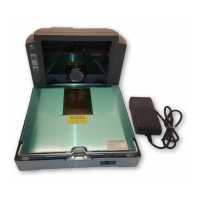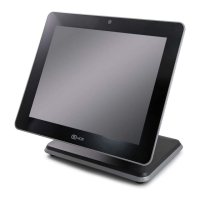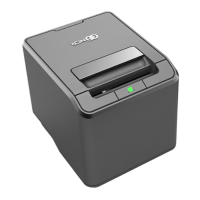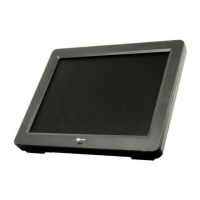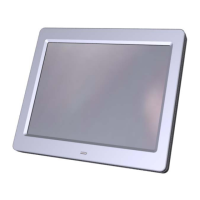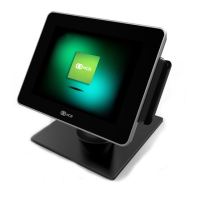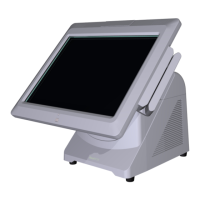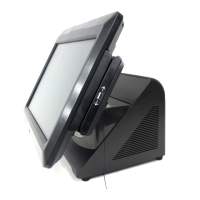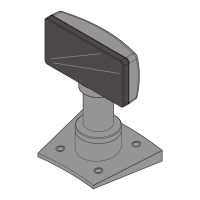Chapter 4: Operating the Scanner 4-7
PACESETTER
NCR has continually improved its PACESETTER technology used on NCR scanner products.
Starting out as PACESETTER, it progressed to PACESETTER Plus, and then to
PACESETTER III. Vendors and printers regularly supply products with overprinted,
underprinted, or truncated bar codes to the market. Some labels have missing margins. Others
may be printed around the corner of packages or on media that wrinkles when picked up.
PACESETTER addresses the problems caused by these unreadable labels. PACESETTER III
is standard on all NCR scanner products.
PACESETTER Plus
PACESETTER Plus determines what is wrong with a bar code label, fixes the data, and then
transfers the information to the host terminal. It provides information on possible bar code
printer problems but is not a bar code specification conformity verifier.
The three modes of PACESETTER Plus operation are summarized in the following
paragraphs.
Mode 1–Inquiry
PACESETTER Plus can be used as a management tool by store personnel and chain
management to monitor and report the status of label readability. Tally counters are kept for
the following.
Good reads
No read due to lack of full label (missing bars or folded label)
Good reads with overprinted bars
Good reads with underprinted bars
Missing margins
Missing print lines
Mode 2–Demonstration Mode
In Mode 2, the scanner is offline. Each subsequent scan of a bar code causes the scanner to
indicate the status of label readability. The scanner recognizes missing bars in labels, highly
overprinted or underprinted labels, missing margins, or a “no read” condition.
Mode 3–Operations
Mode 3 is the normal operating mode. The scanner can be programmed to add PACESETTER
Plus information to the decoded UPC/EAN data. This information describes the label
readability. However, the host terminal software must be capable of receiving the extra data.
The host terminal software should enable this at a regular interval (for example, Cashier Sign
On) and check for the presence of the data if enabled.
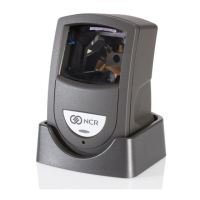
